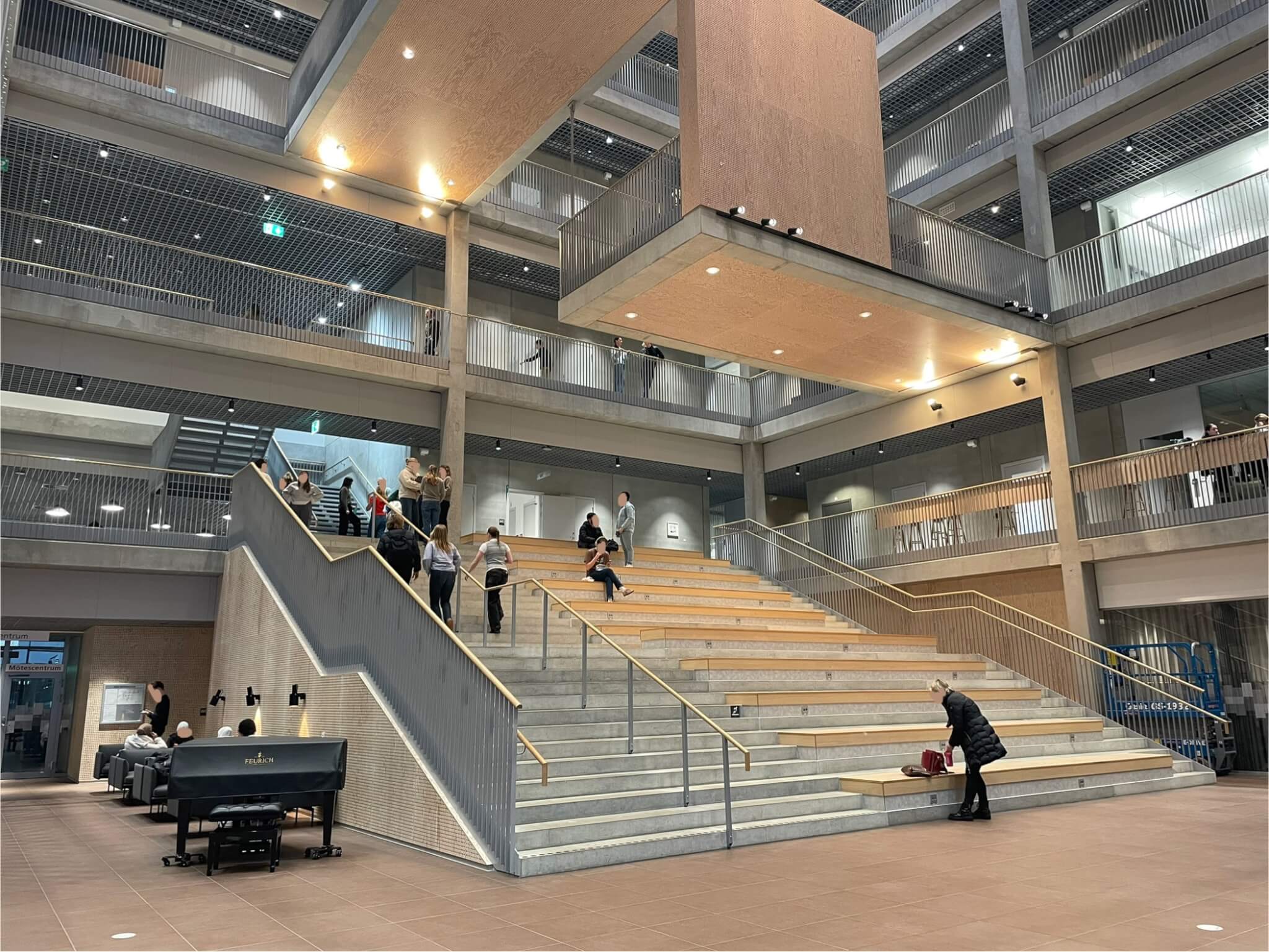
Currently reading: “The Problem with “Inclusion”? It Is Done to Someone by Someone” by Hedvall & Ericsson (2024)
I recently discussed the problems with calling for “inclusion” with a participant in my course on, ironically, “the inclusive classroom”. But she told me about colleagues working on “nonclusion”, so here I am reading up on it. Hedvall and Ericsson (2024) summarise it in their article’s title already: “The Problem with “Inclusion”? It Is Done to Someone by Someone.”
This study is on Universal Design in general, not for learning (UDL), and they analyse more than 300 photographs related to “inclusion” to understand what is expressed there.
They find that inclusion
- “entails categorisational ambivalence”, meaning that it is not clear which categories should be used when. For example, bathrooms are often separated by gender (but then usually by either two, or two plus a “catch all”), but sometimes also by function (e.g. providing enough space to turn a wheelchair, or handrails for support)
- “upholds patterns of norm and deviation” by having some tables specifically for wheelchair users (rather than providing enough space everywhere and having tables at a height that works with wheelchairs) or designated seats for, for example, “special assistance passengers”
- “results in power being redone, rather than undone”. Here, they give the example (without naming and shaming, but since I recognise the place, see the featured image for a photo I took there myself) of a new “social staircase”, which is a well-intentioned meeting place, but for anyone wanting/needing to use elevators, they are tucked away and hard to find (which is also a problem when the staircase is used as seating for a presentation and you want to get upstairs without disturbing people (who are probably having a very hard time focussing anyway, because the hard stairs are also extremely uncomfortable and provide no back support)). Also, the grand piano? Probably super well intentioned, too, but I, for one, get really physically annoyed if there is music playing in the background, and this atrium opens into lots and lots of learning spaces for students…
Hedvall and Ericsson (2024) end by calling for “nonclusivity” rather than inclusivity, i.e. not categorising people as in and out, but making spaces work for everybody, and categorising rooms by function rather than what bodies it is made to serve. This is what Universal Design is intended to do anyway. But now what does this mean for Universal Design for Learning?
Hedvall, P. O., & Ericsson, S. (2024). The Problem with “Inclusion”? It Is Done to Someone by Someone. In Universal Design 2024: Shaping a Sustainable, Equitable and Resilient Future for All (pp. 18-25). IOS Press. https://ebooks.iospress.nl/doi/10.3233/SHTI240978
Reading about assessment for inclusion and distinctiveness - Adventures in Oceanography and Teaching says:
[…] But I am left asking myself how we can do “assessment for distinctiveness” in an inclusive way? And don’t forget, I am using “inclusion” as a placeholder until I find a better term, because of what I learnt from Hedvall & Ericsson (2o24): “the problem with inclusion? It is done to someone by someone“… […]